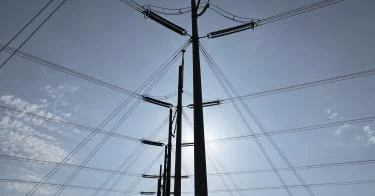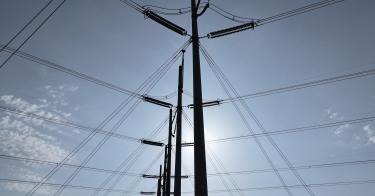
How Florida Keeps Electricity Plentiful and Rates Low
Florida has been making headlines for its effective strategies in maintaining a plentiful supply of electricity while keeping rates low, a balance many states struggle to achieve. According to a recent analysis by The Heritage Foundation, Florida's approach to energy policy has been both innovative and successful, setting a potential model for other states.
The state's energy sector benefits from a diverse mix of power sources, including natural gas, solar, and nuclear energy. This diversity helps stabilize supply and reduce the volatility in electricity prices. Florida's investment in natural gas, in particular, has been significant, with the state leveraging the abundance of this resource to keep costs down for consumers.
Another key factor in Florida's success is its regulatory environment. The state has implemented policies that encourage competition among energy providers, which in turn drives efficiency and innovation. This competitive landscape has allowed Florida to maintain lower electricity rates compared to many other states, despite the high demand driven by its growing population and economy.
The focus on renewable energy sources has also played a crucial role. Florida has seen a significant increase in solar power installations over the past decade, which not only contributes to the state's energy mix but also aligns with national efforts to reduce carbon emissions. The state's commitment to nuclear power, with facilities like the Turkey Point Nuclear Generating Station, further ensures a reliable and clean energy supply.
Florida's approach to energy policy is a testament to the benefits of a balanced and diversified energy strategy. As other states grapple with rising energy costs and supply challenges, Florida's model offers valuable insights into how to achieve both affordability and sustainability in the energy sector.
